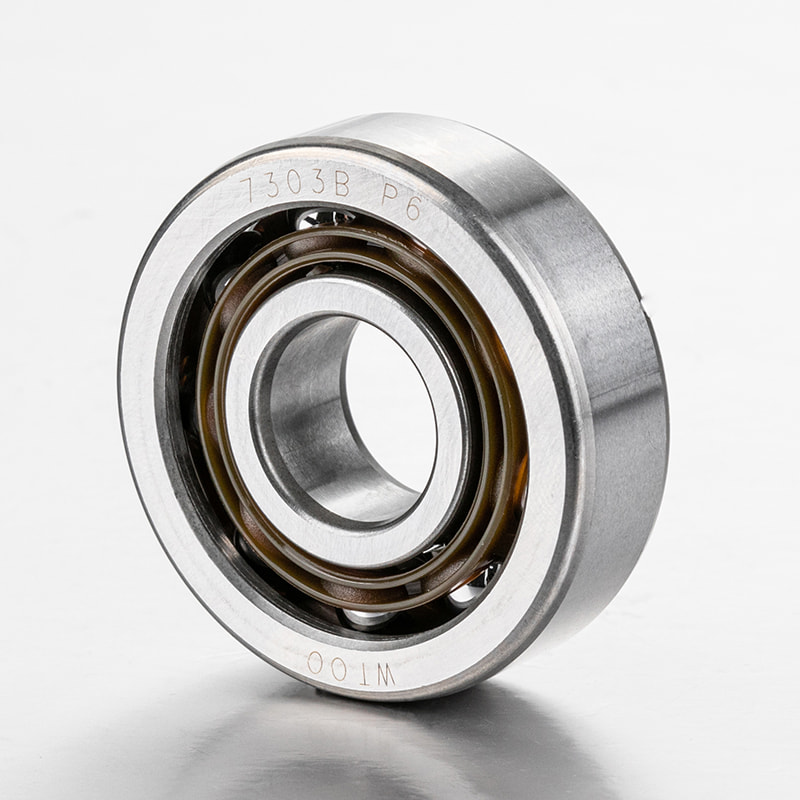Understanding the Basics of Angular Contact Ball Bearings
Angular Contact Ball Bearings serve as fundamental components in various mechanical systems, designed to accommodate both radial and axial loads simultaneously. Their unique design features contact angles that enable the bearings to transmit force in both directions, providing exceptional load-carrying capabilities. In the context of
preloaded angular contact ball bearings, the fundamental principles of their operation involve deliberate axial force application during installation. Angular contact bearings feature an inner and outer ring with raceways that are inclined relative to the bearing axis. The contact angle refers to the angle formed by the line of contact between the raceways and a line perpendicular to the bearing axis. This design ensures that the bearings are capable of withstanding axial loads and radial loads while maintaining precision performance. The capability to handle both types of loads distinguishes angular contact bearings from other bearing types, making them particularly suitable for applications with dynamic and varying forces.
The Importance of Preloading in Angular Contact Ball Bearings
Preloading is a critical process in the optimization of angular contact ball bearings, enhancing their performance characteristics. During preloading, a controlled axial force is applied to the bearing during installation, eliminating any internal clearances between the rolling elements. This intentional elimination of play serves to increase the rigidity of the bearing assembly, minimizing deflection and enhancing the overall system stiffness. The primary objective of preloading is to ensure that the rolling elements maintain continuous contact with the raceways, even in the presence of external forces. This elimination of clearance not only improves the bearing's resistance to axial and radial loads but also enhances its precision and minimizes the potential for vibration. The result is a more robust and reliable bearing system, particularly well-suited for applications where precision and rigidity are paramount.
Advantages of Preloaded Angular Contact Bearings
Preloaded angular contact ball bearings offer a myriad of advantages that make them indispensable in critical applications. One of the primary benefits is the enhanced rigidity achieved through the elimination of internal clearances. This increased rigidity translates into improved precision and accuracy in the operation of the bearing, critical in applications such as high-speed machining and robotics. Reduced vibration is another significant advantage of preloaded bearings. The intentional removal of clearance ensures that there is minimal movement within the bearing during operation, leading to smoother and more stable performance. This characteristic is particularly beneficial in applications where vibrations can negatively impact the overall efficiency and lifespan of machinery. The deliberate axial force applied during preloading contributes to increased resistance against external forces. This makes preloaded angular contact bearings well-suited for applications where the bearing may be subjected to varying loads or forces, ensuring optimal performance even in challenging operating conditions. The combination of these advantages positions preloaded angular contact ball bearings as a preferred choice in industries where precision, reliability, and performance are paramount.




 中文简体
中文简体




















